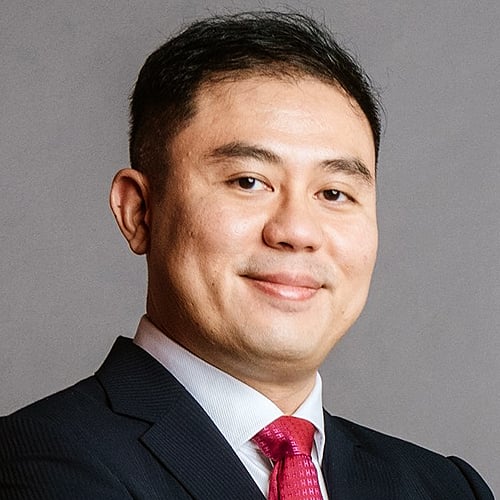The Republic of Korea (RoK) is the first sovereign to kick off the issuance in the G3 bond market out of Asia with a tightly priced US$1 billion global offering on January 12 and achieved its lowest coupon and spread ever.
The SEC-registered 10-year bonds were priced at 98.955% with a coupon of 2.75% to offer a yield of 2.871%. This was equivalent to a spread of 55bp over the US treasuries, or at the tight end of the final price guidance of between 55bp and 60bp.
The bonds tightened further in the secondary market and they were trading at 50bp in the morning of January 13. This deal marked the return of the RoK into the US dollar bond market after more than two years, having printed a 30-year issue amounting to US$1 billion in June 2014. It previously accessed the Panda bond market in December 2015 with a 3 billion renminbi offering – the first ever by a sovereign since the Panda bond market further opened up in the second half of 2015.
“The RoK has had its share of headlines recently and this tightly-priced transaction is a strong statement about its continued strength in the market,” says a banker familiar with the deal. “It was also important to set a benchmark for other Korean issuers, who will be able to benefit from this attractive price level.”
The deal garnered an order book which at its peak was in excess of US$3 billion that enabled the RoK to push down pricing aggressively from the initial guidance of between 70bp and 75bp, and to finally price the bonds at 55bp. In terms of relative value, the RoK’s existing 2023 bonds were trading at Treasuries + 78bp, or a G-spread of 53bp, so their 10-year bonds basically came flat to their five-year, the banker points out.
The bonds were also priced inside the similarly AA-rated Canadian provinces with the bonds issued by the province of Alberta trading at G-spread of 63bp, Ontario at G-spread of 56bp and Manitoba at G-spread of 60bp. They were also competitively priced versus some of the RoK peers with the bonds by Development Bank of Japan trading at G-spread of 55bp and Japan Bank for International Cooperation at G-spread of 56bp.
The final price guidance saw a lot of attrition in the total order book, which amounted to US$1.4 billion from 70 accounts, with 54% of the bonds allocated in Asia, 25% in the US and 21% in Europe. By type of investors, fund managers and insurance companies accounted for 37% each, banks 19%, public sector 3%, and private banks and pension funds 2% each.
Bank of America Merrill Lynch, Citi, Goldman Sachs, HSBC, J.P. Morgan, Korea Development Bank and Samsung Securities acted as the joint bookrunners for the transaction.









